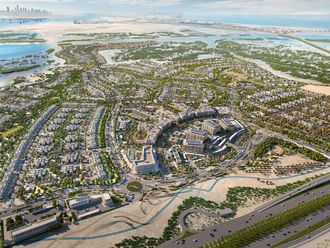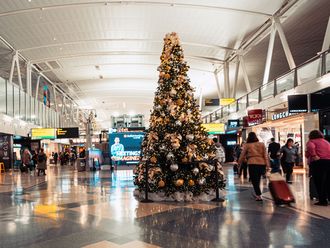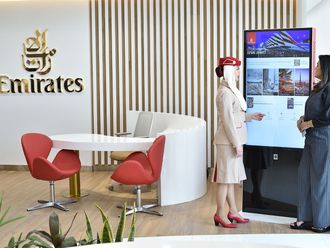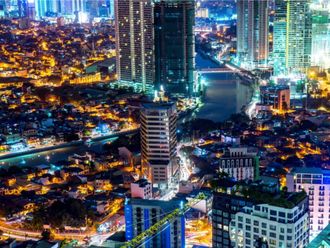Louis Sullivan, perhaps the first modern architect, famously wrote that “form follows function”.
The rapid change underway in Dubai has allowed for the development of communities at different levels, with the underlying challenge remaining to encourage home ownership and move the market away from an investor dominated one.
To understand this function, a granular analysis needs to be conducted into the emerging trend among the “millennials”, and what impact this has on the real estate landscape.
Masterplanned communities have clearly been the route that Dubai has adopted in order to cater to the sweet spot of the live/work/play demographic. Most often located in suburban locations, some of these commutes have been urban as well in response to millennial preferences.
This has led to a greater integration of “pedestrianisation”, of retailing and schooling, as well as in the preference of tenants to live in urban locations.
Size quickly becomes the primary issue here. For the Gen Y market, the typical product is a 700 square foot apartment. For the “empty nesters”, the size increases to 1,500 square feet. As the demographic changes, it impacts on the size of the unit and quite independent of the income levels.
So even as we see a push in demand for new households, there will be a need for a range of developments ... and not just luxury. For the most part, this implies that such a range will only be available in suburban areas, as can be observed in the rise of new communities such as Nshama, Mudon, Akoya and Midtown as well as existing communities that cater to such price points such as Jumeirah Village, Arjan, Majan, Liwan and Al Furjan.
The development of such communities will be dependent on the choice that is offered by the developers to tap into the latency of demand that exists, especially in the light of income and demographic changes currently underway.
A significant hangover remains from the 2008 boom-bust cycle, both among end users and developers alike. For the latter, there remains a reluctance to invest significantly in suburban areas and instead there has developed a focus to move upstream into the luxury space in developed communities.
This in turn has led to end users waiting for longer to purchase homes, leading to a rise in “permanent renters”. With the latter, even though they have the ability to buy, the decision to purchase is put off, either because of the tailwind impact of the bubble years creating uncertainty (accentuated by the recent slowdown due to the oil price decline), or because they desire flexibility to move around depending on the job/business outlook in the area that they are working in.
This has had the impact of a much lower price volatility cycle in real estate this time around; it appears as if real estate has finally gotten off the roller-coaster effect and moving towards a more mature price action dynamic.
As the suburban trend gathers pace, it is imperative to offer a menu of choices for the millennial generation as they “boomerang” into the real estate market. A challenge for the industry will be to make the economics of affordable housing work, particularly as both ends of the income spectrum needs to be satisfied.
While there exists a cornucopia of options at the luxury space, both in urban and suburban areas, the issue remains in offering a product that will cater to the needs of the single-family, mid-income home and creates an imperative to buy. This needs to take into account a diversity of variables such as size, location, quality of construction and integration of the community.
While in the long term, it appears likely that Dubai South will be able to heed the clarion call of affordable housing, in the interim, communities will still need to develop to cater to the needs of the first-time buyer that will catapult the creation of more first-time buyers.
Affordable housing is much more than simply a real estate issue. It encompasses an admix of variables that are predominantly cultural. Products that are likely to have success will accommodate millennials, small young families and workforce housing.
And it will include factors such as the size of a home, where they are located and how they are constructed. It will also be how they interact with the cultural variables in the community.
It is getting this calculus right that will determine the successful evolution of communities in Dubai, and allow investors and end users alike to profit from the rapidly evolving landscape.
The writer is Managing Director of Global Capital Partners.











